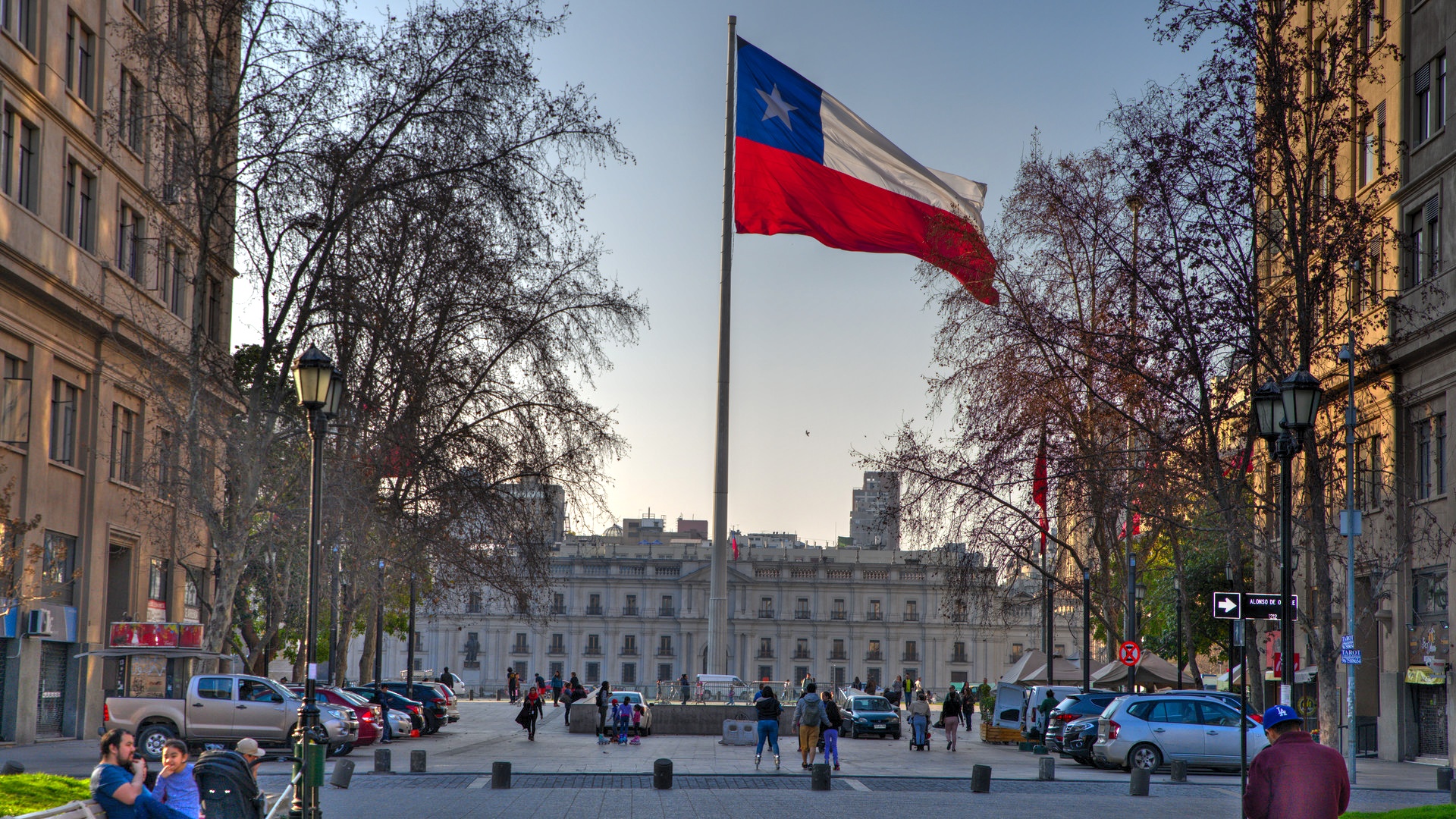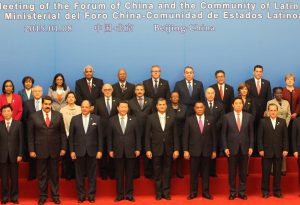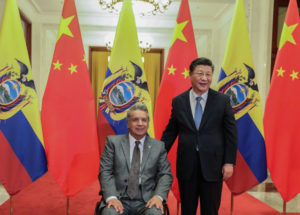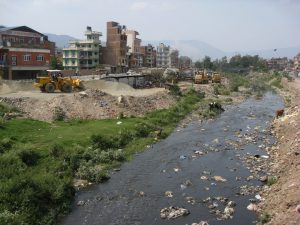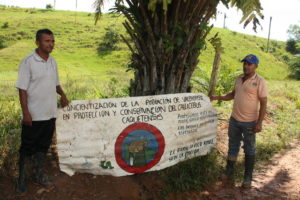China knows what it wants from Latin America but does Latin America know what it wants in return?
The region must articulate a strategy for partnering with China, experts said at the second international conference organised by the China-Latin America: Multidisciplinary Focuses network (REDCAEM) in Santiago, Chile, on November 8.
However, the political fragmentation of Latin America will make this difficult to achieve. “Fifty percent of the region’s GDP is regulated by protected economies like Ecuador, Bolivia and Venezuela, and the other 50% by those like Chile and Peru which are open, market economies,” said Adrian Bonilla, Ecuador’s undersecretary for higher education.
The region’s growing trade with China is based on the export of raw materials and import of high technology and manufactured goods. Chinese investment has flowed largely into energy and transport infrastructure that facilitates this exchange, but which carries significant social, environmental and economic risks.
In 2016, the Chinese Ministry of Foreign Affairs’ (MFA) published a white paper outlining its long-term plans for Latin America. Only Chile formally responded. The paper identifies multi-country bloc the China-Community of Latin American and Caribbean Nations (CELAC) Forum as the main platform through which to cooperate and engage the region.
“It’s not a monologue, because there are 33 dialogues,” said Bonilla, when asked by Diálogo Chino if the China-CELAC Forum was a one-way conversation that could accommodate an urgent discussion on the relationship’s imbalances. The forum can’t process Latin America’s diverse needs in seeking economic complementarity with China and countries should focus on improving their bilateral relations, he added.
Bonilla confirmed that China has a Latin America strategy, just as it does for Europe and the US. But CELAC, which hosts the second China summit in the Chilean capital in January, lacks a strategy for any of the above regions. Nor does it have the institutional capacity – it has no phone number or website.
A pressing conversation
If not China-CELAC, then where can China and Latin America host a meaningful conversation on environment?
Before the end of this year, China will hand the presidency of the G20 group of economies to Argentina. The G20 made big commitments to advancing an environmental agenda at the last summit of the group in Hangzhou, China.
What hope, then, for the next meeting in Buenos Aires in 2018?
According to Leonardo Stanley, an economist at the Centre for the Study of State and Society in Buenos Aires, Argentina, the presence of the pro-fossil fuel US in the group will complicate efforts to deliver on green promises. These include the elimination of fossil fuel subsidies. “There are opportunities but the risk of maintaining the status quo is also high,” he said.
Stanley pointed out that Argentina has begun to tackle fossil fuel subsidies by lifting price caps. But in doing so, it has placed all the emphasis on consumer demand: “On the supply side, the government still has a policy of developing [shale oil and gas field] Vaca Muerta.”
Argentina has heavily promoted investment in renewable energy. Paradoxically, Stanley said, this is without government subsidies.
What space for civil society?
In both China and Latin American countries, civil society has been a crucial actor in demanding higher environmental standards at the local and national levels.
Given that space afforded to international environmental groups is often limited, ensuring their voices are heard in multilateral fora is a challenge, according to Ruben Gonzalez, a researcher at Spain’s university of Salamanca.
“In cases of extractives conflicts, Latin American civil society can sometimes count on the support of international NGOs. That type of activist connection gets a bit lost with China,” said González, a panellist in a dedicated session on environment at the conference.
According to Ximena Zapata, a researcher at the University of Hamburg, the government in her native Ecuador has not helped the situation by mishandling mining concessions and claiming to espouse a new ecological philosophy whilst actually pursuing an ‘extractivist’ model.
The government granted permits to Chinese company Ecuacoriente in a nominally protected area.
A recent Diálogo Chino investigation also drew attention to the opacity surrounding Ecuador’s deals with Chinese companies.
Two-way learning
Countries such as Chile, which are benefitting from the export of fruit to meet growing Chinese demand, are adapting to new realities and invigorating the relationship, says Wu Guoping, a Latin America expert at the Chinese Academy of Social Sciences (CASS).
But the burden of learning does not fall on the shoulders of Latin American countries alone. Wu asks, for example, if Chinese companies are prepared to engage in dialogue with Latin American labour unions that might not be familiar with their employment policies.
However, China is embracing a new model of public private partnerships (PPP) in Latin America. This should help benefit local partners and facilitate tendering processes, says an optimistic Wu:
“They have to understand and make the most of the labour market. They still have work to do, but they are learning.”
